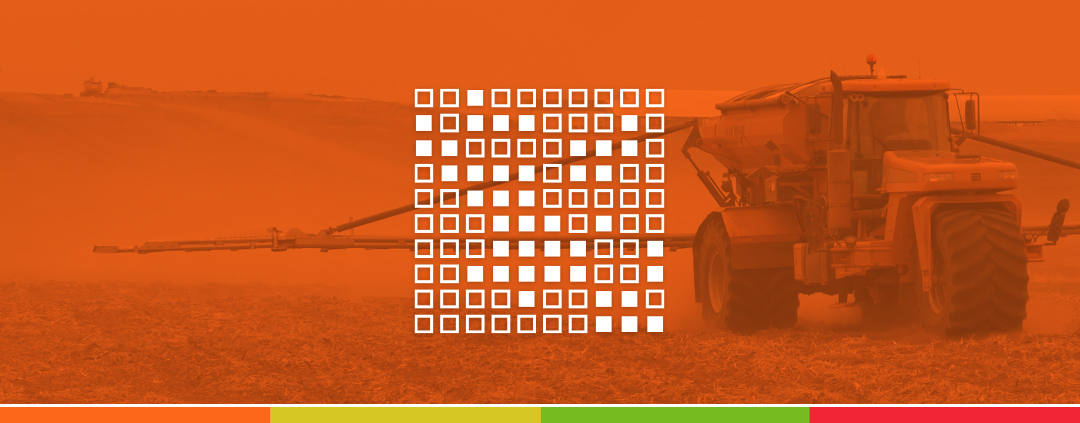by bburgeson
Share

One of the main focuses of fertility is avoiding the over-application of fertilizer leading to runoff into rural water systems like streams and rivers. Along with avoiding over-application, variable rate fertilizer applications have led to increased soil health while also increasing yield. By knowing where and how much to apply in each spot of your field, you will not only be able to save a lot more time for other projects on the farm, but you will also be saving money.
A benefit to variable rate applications would be high-yield areas vs low-yield areas. Every farmer knows of a few places in their crop production land where yield is just not as high as they would like it to be, whereas in other spots the yield is outstanding. With precision agriculture and variable rate applications, you can apply less or more nutrients to these spots depending on your needs. This can significantly cut back on fertilizer input leading to saving money and driving yield in those low yield areas.
Here at VRAFY, one of our goals is to help you improve yields and spend your fertilizer dollars more effectively. Depending on the soil sample and yield data you provide, VRAFY can produce variable rate fertility maps for most nutrients you may need to apply. These maps will be in a universal format and VRAFY can help you load them in your controller or share them with your custom applicator.

